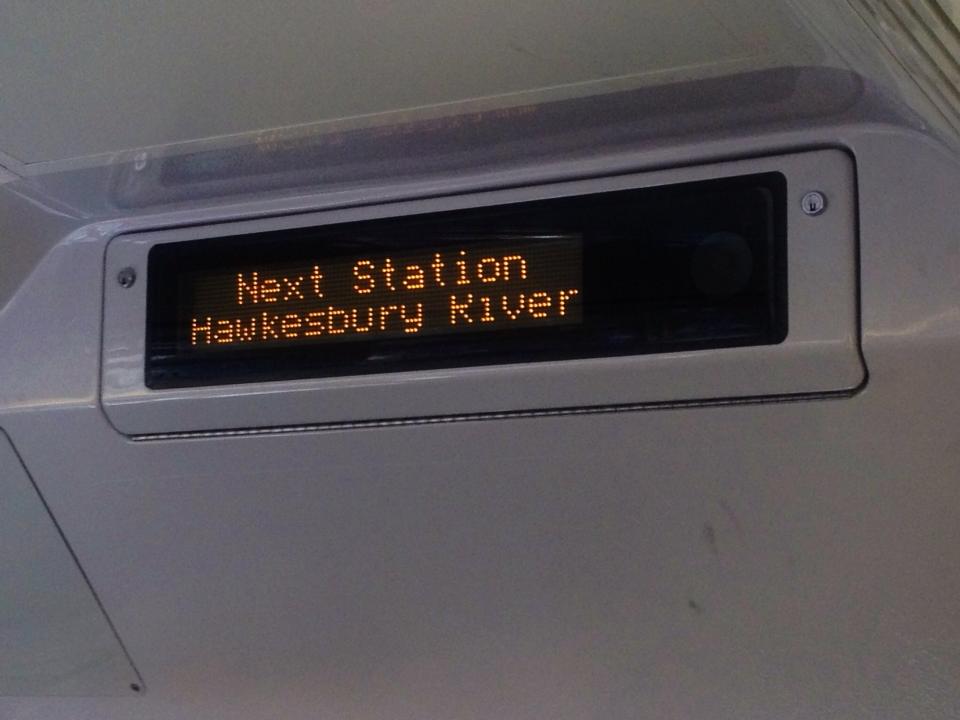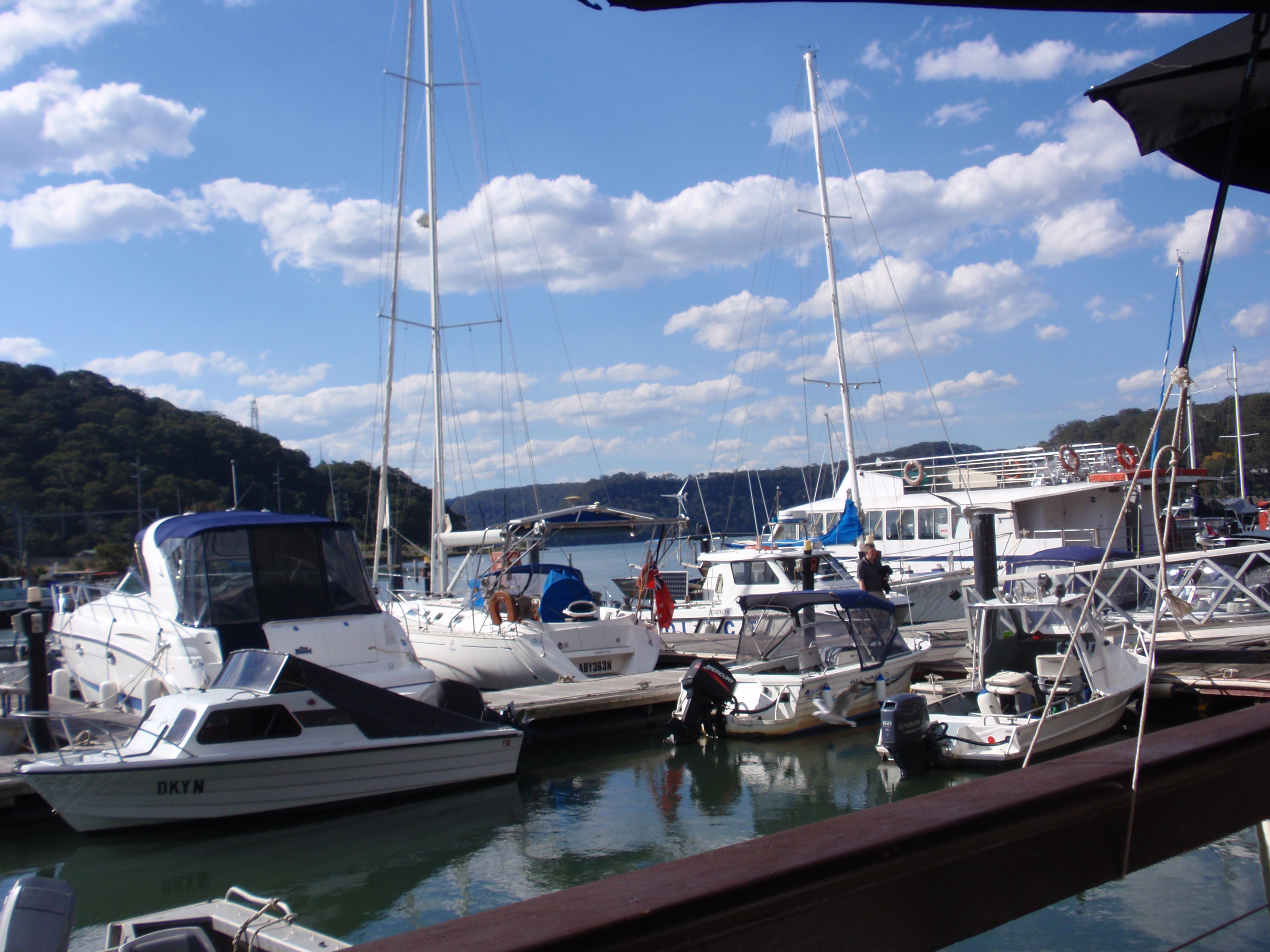
“HAWKESBURY RIVER NEXT STOP!” was what it said on the electronic display sign inside the train. I sat, my heart thumping in my chest, with my hands stroking my backpack, as I watched the green scenery pass by me in a slow blur. It had been less than one hour since my train took off from Central Station, and I was counting down all the stops along the Newcastle and Central Coast line. I was making my way back to one of my favorite hideaways in Australia, if not the world. A place known for long, winding rivers. A place where magpies and kookaburras laugh with a chortle in their warblings. A place where boats bob gently on water that just shimmers like a opal in sunlight. A place called the Hawkesbury River.


Many Americans who come to Australia, specifically Sydney, come to just point and stare at the Sydney Opera House, fawn over koalas, and foolishly order a Fosters can at a hotel. That is, before they realize that a hotel is also a local pub, and that Fosters is NOT Australian! But I digress. The Hawkesbury River is a semi–mature tide dominated drowned valley estuary located to the west and north of Sydney. The “drowned-valley” is also known as a “ria“, which is a coastal inlet formed by the partial submergence of an unglaciated river valley that remains open to the sea. The Hawkesbury River and its associated main tributary, the Nepean River, virtually encircle the metropolitan region of Sydney. The Hawkesbury River has its origin at the confluence of the Nepean River and the Grose River, to the north of Penrith and travels for approximately 120 kilometers (75 mi) in a north–easterly and then south–easterly direction to its mouth at Broken Bay, about 15 kilometers (9.5 mi) from the Tasman Sea.
The land adjacent to the Hawkesbury River was occupied for many thousands of years by the Darkinjung, Darug, Eora, and Kuringgai Aborigines. They used the river as an important source of food and a place for trade. The river is also used extensively for fishing by local fisherman and farmers, specifically for oysters. According to the Hawkesbury Nepean Catchment Management Authority, the Hawkesbury River estuary supports the second largest commercial coastal fishery of estuary prawns, oysters and fish in NSW.
As the train pulled into station, I grabbed my backpack, my camera, and stepped off the train. The palm trees high above the station swayed in the breeze. Since when do you see palm trees over a commuter rail station? Florida, get on it!

You can check out my first-person shots of the Hawkesbury River and the train station, thanks to this video recording, courtesy of my camcorder and YouTube: http://www.youtube.com/watch?v=qd_HJ-RX_qg
NEXT TIME: I flash back to my first visit to the Hawkesbury, and I recount a very important film that became a key influence in my fondness for Australia. Stay tuned…


